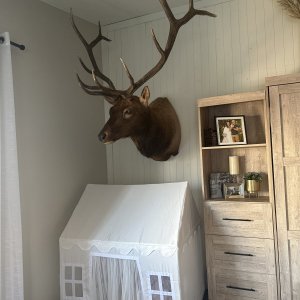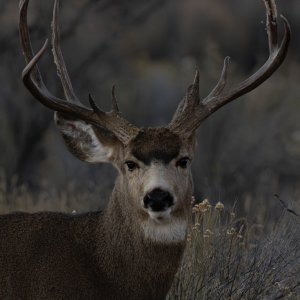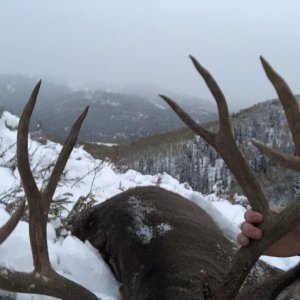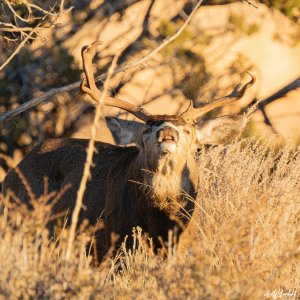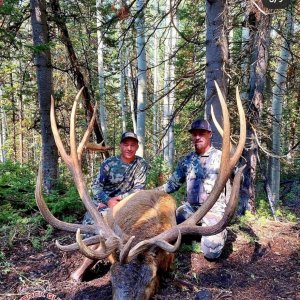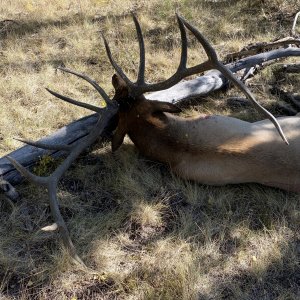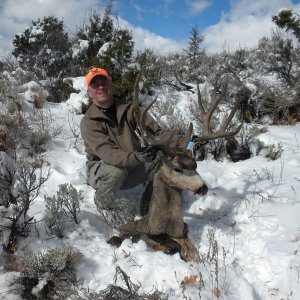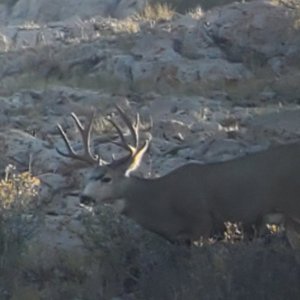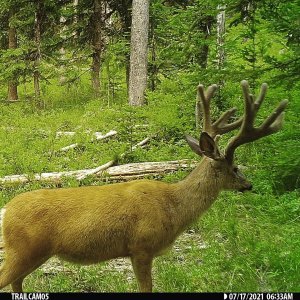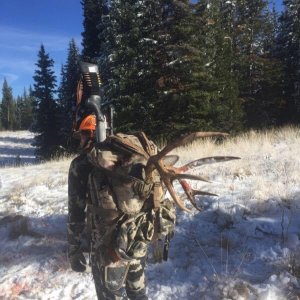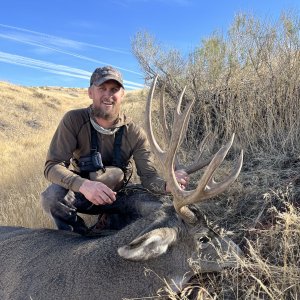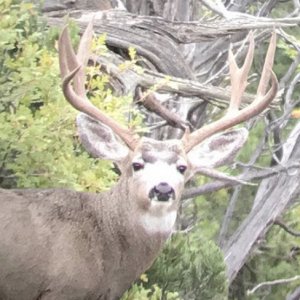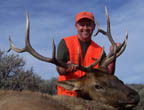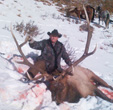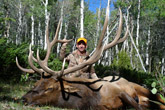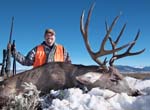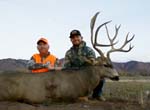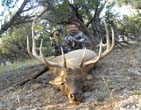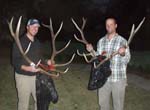DENVER - Colorado Parks and Wildlife (CPW) and a bipartisan group of legislators joined together on Monday to announce legislation that would give the agency the authority to reintroduce the North American wolverine to Colorado.
Colorado wildlife officials considered the restoration of wolverine, along with Canada lynx, in the 1990s. However, due to complexities, the wolverine restoration plans were delayed in favor of lynx restoration. After lynx restoration was deemed a success, CPW returned to the idea in 2010 and completed a plan for reintroduction informed by partners and stakeholders, but that was halted because of uncertainty surrounding a federal listing decision.
Because the wolverine has been listed as a threatened species by the U.S. Fish and Wildlife Service under the Endangered Species Act, SB24-171 states that reintroduction of wolverines would not begin until a final rule designating the North American wolverine in Colorado as a nonessential experimental population (known as a 10(j) rule), had taken effect.
“Colorado is the right state to take on this work,” said CPW Director Jeff Davis. “The North American wolverine requires a high-elevation habitat with persistent, deep snowpack, and Colorado has some of the best remaining unoccupied wolverine habitat in the lower 48 states. This legislation would put us on the right path toward a successful wolverine reintroduction effort in Colorado.”
“Wolverines are one of the last native species missing from our state,” said House Sponsor Representative Barbara McLachlan. “The time is right to enhance Colorado's wildlife diversity with a threatened species. We will be a better state for it.”
“Colorado has great unoccupied wolverine habitat, and we have the opportunity to conserve a species that has been missing from our state in addition to supporting the species by increasing their population capacity across the Western U.S.,” said Senator Perry Will. “This legislation will provide the nation’s top wildlife agency and wildlife professionals the right method to reintroduce a species. Let's manage the wildlife resources of Colorado the correct way through scientific wildlife management. I am excited to see this through.”
"Increasing biodiversity and doing our part to responsibly promote the return of threatened species is the Colorado way,” said Senator Dylan Roberts. “After a long process of scientific research, engagement with communities, businesses, and groups across the state, and with the proper legislative guardrails, Colorado is ready to move forward with restoring a sustainable population of wolverines to our high altitude landscapes. I am excited to work with a bipartisan group of legislators, CPW, and folks across the state to get this done."
Key components for the legislation include:
- As long as the North American wolverine remains on the list of threatened or endangered species pursuant to the federal act, CPW will not reintroduce the species in the state until the effective date of a final rule designating the wolverine in Colorado as a nonessential experimental population.
- CPW will work cooperatively with federal land management agencies with jurisdiction over federal public lands where North American wolverines may be released in Colorado.
- The Parks and Wildlife Commission shall adopt rules providing for payment of fair compensation to owners of livestock for losses of livestock caused by the North American wolverine.
- Before the reintroduction effort occurs, CPW will prepare and deliver a report on the North American wolverine in the state. CPW will also prepare a report for each of the five years after the reintroduction of the North American wolverine occurs.
- CPW may not use funds generated from the sale of hunting and fishing licenses or from associated federal grants to implement the reintroduction.
- The bill authorizes the CPW Director to use $750,000 from the Species Conservation Trust Fund for the reintroduction effort. The funds would become available in the state fiscal year 2024-25.
Background on wolverines
- With a solitary nature and a strong survival instinct, the wolverine is an icon of arctic, boreal, and alpine environments. The wolverine, (scientifically known as the gulo gulo) is the largest terrestrial member of the weasel family. With short, rounded ears, a broad head, and a stocky body, wolverines are sometimes compared to a skunk-badger-bear combo.
- Wolverines are a native species to Colorado, and their range once spanned down the Sierra Nevada in California and the Rocky Mountains to Colorado, but the species was extirpated in Colorado in the 1900s due to unregulated harvest, and broad-scale carnivore poisoning.
- Wolverines, which number in the thousands in Canada and Alaska, have since reestablished populations in Washington, Montana, Idaho, and Wyoming, but have not returned to stay in Colorado.
- It is estimated that there are fewer than 400 wolverines in the contiguous United States, and the most significant stressor on wolverines in the coming years will be climate change, according to an analysis by the U.S. Fish and Wildlife Service.
- Climate change is likely to present new and growing challenges to the species, most in the form of a reduction in the cold, snowy habitat that wolverines prefer. Colorado’s high snowy mountains are the species’ largest unoccupied territory in the lower 48, and will only become more important as a warming climate shrinks the snowpack the wolverines need for dens.
- Colorado’s mountains, which are at high elevation, are predicted to retain their snowpack as well, if not better than, the lower-elevation mountains in the Pacific Northwest.
- CPW biologists estimate that the state has enough suitable terrain to support approximately 100-180 animals at full carrying capacity, significantly bolstering the species’ long-term viability with a potential to increase the population in the Western U.S. by 20% or more.
- Wolverines are opportunistic feeders and eat a variety of foods that are available in their harsh alpine/subalpine environment: small rodents, rabbits, porcupines, ground squirrels, marmots, birds and eggs, fish, carrion, and plants. Wolverines will occasionally eat deer and other large ungulates. These are probably scavenged, although wolverines can kill large ungulates if those animals are weakened and bogged in deep snow.
|
|
|
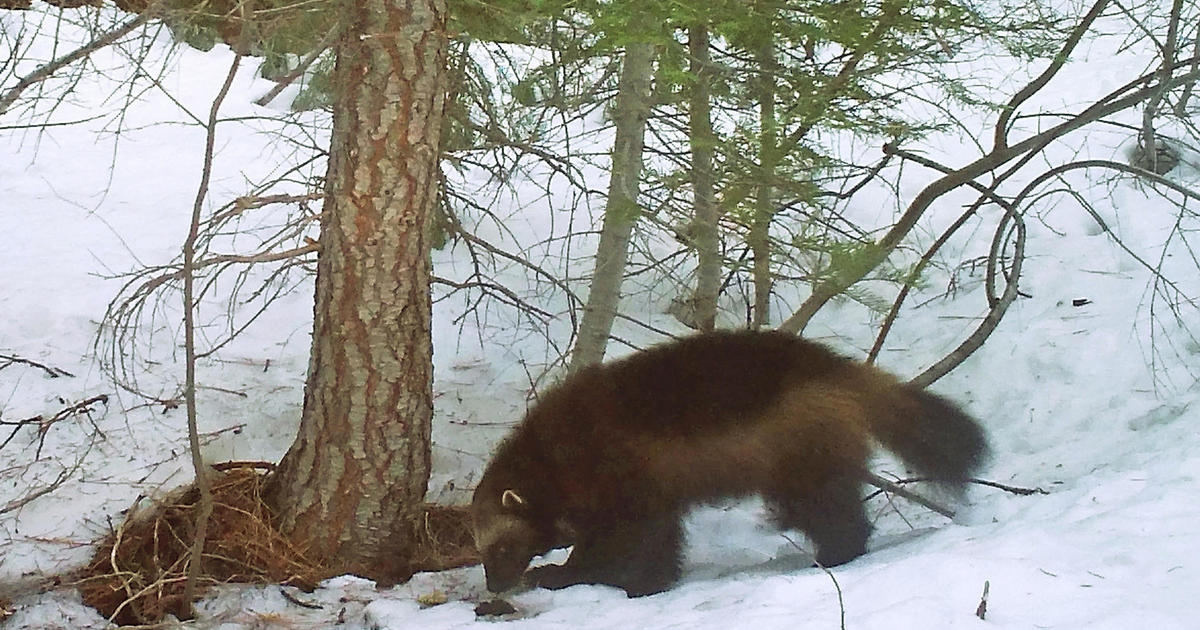
 www.cbsnews.com
www.cbsnews.com


